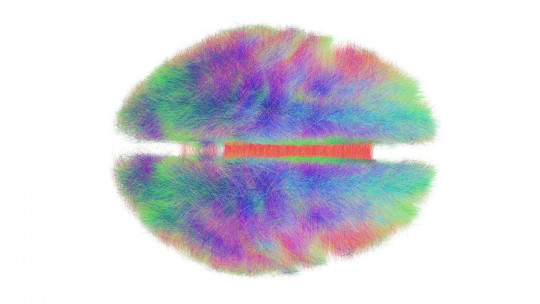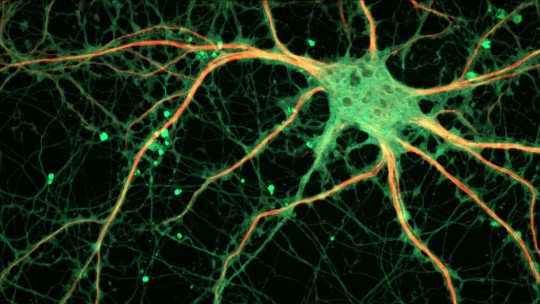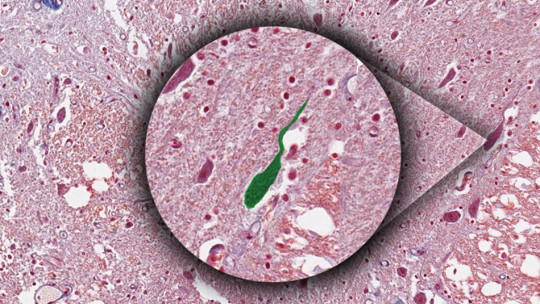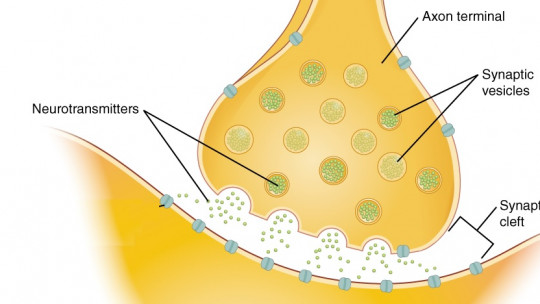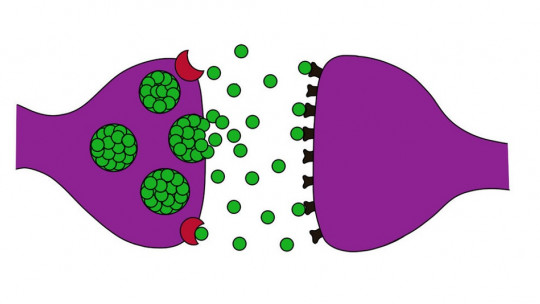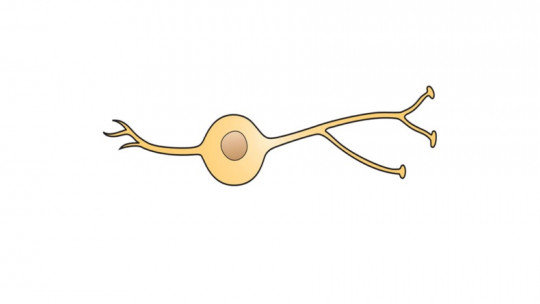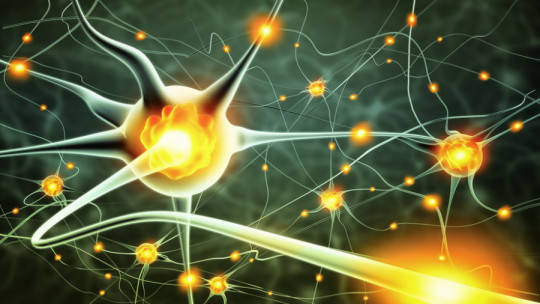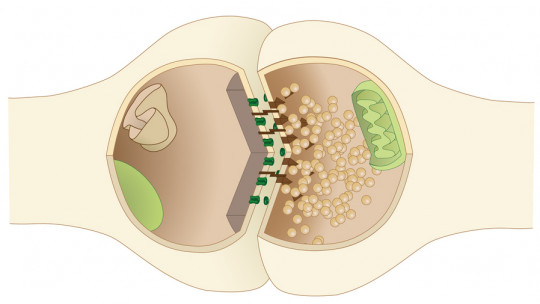
The nervous system is made up of an extensive network of nervous connections whose basic component is the neuron These connections allow the control and management of the different mental processes and behaviors that human beings are capable of, allowing us to stay alive, run, speak, relate, imagine or love.
Nervous connections occur between various neurons or between neurons and internal organs, generating electrochemical impulses that are transmitted between neurons until they reach their goal. However, these nerve cells are not hooked to each other. Between the different neurons that are part of the nervous system we can find a small space through which communication with the following neurons occurs. These spaces are called synaptic spaces
Synapses and synaptic space
The synaptic space or synaptic cleft is the small space that exists between the end of one neuron and the beginning of another It is an extracellular space between 20 to 40 nanometers and filling with synaptic fluid that is part of the neuronal synapse, along with pre- and postsynaptic neurons. In this way, it is in this space or synaptic cleft where the transmission of information from one neuron to another occurs the neuron that releases the information is called presynaptic while the one that receives it is called the postsynaptic neuron.
There are different types of synapses: It is possible that the synaptic space connects the axons of two neurons between them, or directly the axon of one and the soma of another. However, the type of synapse in which the axon of one neuron and the dendrites of another communicate, called axodendritic synapses, is the most common. In addition, It is possible to find electrical and chemical synapses, the latter being much more frequent and which I will talk about in this article.
The transmission of information
The involvement of the synaptic space, although carried out passively, is essential in the transmission of information. Upon the arrival of an action potential (caused by depolarization, repolarization and hyperpolarization in the axon cone) At the end of the presynaptic axon, the terminal buttons of the neuron are activated which expel a series of proteins and neurotransmitters to the outside, substances that exert chemical communication between neurons that the next neuron will capture through the dendrites (although this does not occur in electrical synapses).
It is in the synaptic space where neurotransmitters are released and radiate, and from there they will be captured by the postsynaptic neuron. The neuron that has emitted the neurotransmitters will recapture the excess neurotransmitter that remains in the synaptic space and that the postsynaptic neuron does not allow it to pass, taking advantage of them in the future and maintaining the balance of the system (it is in this reuptake process that many psychotropic drugs, such as SSRIs, interfere).
Enhancing or inhibiting electrical signals
Once the neurotransmitters are captured, the reactionary postsynaptic neuron in this case the continuation of the nervous signal through the generation of excitatory or inhibitory potentials, which will or will not allow the propagation of the action potential (the electrical impulse) generated in the axon of the presynaptic neuron by altering the electrochemical balance.
And it is that The synaptic connection between neurons does not always imply the passage of the nervous impulse from one neuron to another but it can also cause it to not replicate and become extinct, depending on the type of connection that is stimulated.
To understand it better, we must think that nervous connections do not involve only two neurons, but rather that we have a large multitude of interrelated circuits that can cause a signal that a circuit has emitted to be inhibited. For example, when faced with an injury, the brain sends pain signals to the affected area, but through another circuit the sensation of pain is temporarily inhibited to allow the harmful stimulus to escape.
What is the synapse for?
Given the process that the transmission of information follows, we can say that the synaptic space has the main function of allowing communication between neurons, regulating the passage of electrochemical impulses that govern the functioning of the body
Furthermore, thanks to it, the neurotransmitters can remain for a time in the circuit without the need for the presynaptic neuron to activate, so that although they are not initially captured by the postsynaptic neuron, they could be used later.
In an opposite sense, it also allows surplus neurotransmitter to be recaptured by the presynaptic neuron, or degraded by different enzymes that can be emitted by the membrane of neurons, such as MAO.
Finally, the synaptic space facilitates the possibility of removing from the system the waste generated by nervous activity, which could cause the poisoning of neurons and their death.
Synapses throughout life
The human being as an organism is continuously active throughout the entire life cycle, whether executing an action, feeling, perceiving, thinking, learning… All these actions assume that our nervous system is permanently activated emitting nervous impulses and neurons transmitting orders and information from one to another through synapses.
At the moment of forming a connection, neurons come together thanks to neurotrophic factors that make it easier for them to attract or repel each other, although without ever touching each other. When connected, they leave a small intermediate gap, the synaptic space, thanks to the modulating action of the same neurotrophic factors. The creation of synapses is called synaptogenesis, and is especially important in the fetal stage and early childhood However, synapses are formed throughout the life cycle, through the continuous creation and pruning of neuronal connections.
The activity of life and the different actions we carry out have an effect on synaptic activity: if the activation of a circuit is repeated to a large extent, it is strengthened, while if it is not exercised for a large amount of time, the connection between neuronal circuits weakens.

